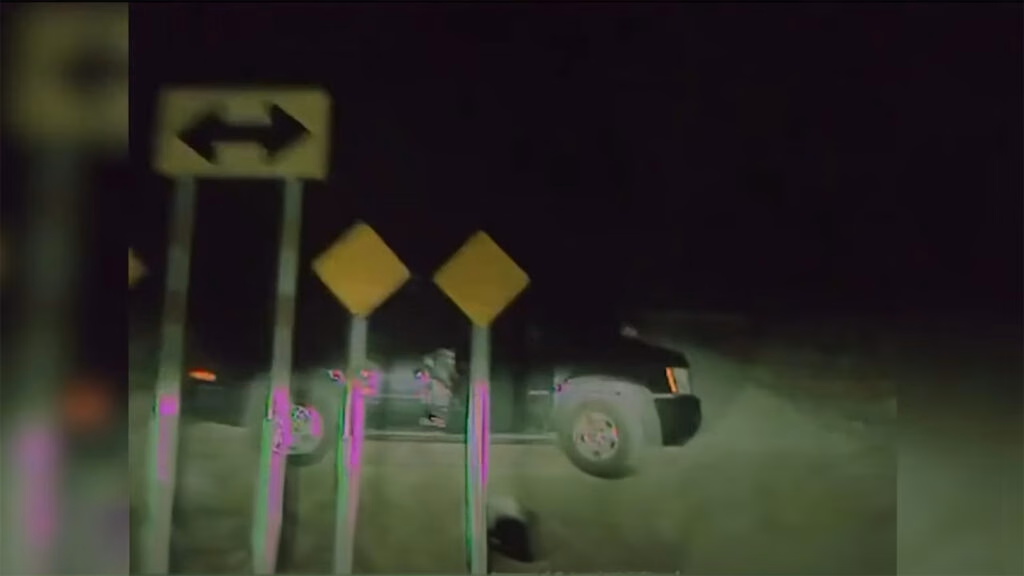Why Is Tesla’s Autopilot Facing a Jury Over a Fatal Crash?
A 2019 crash in Florida has thrust Tesla’s Autopilot system into the legal spotlight, and the stakes are high—not just for Tesla, but for the entire auto industry. In this case, a Tesla Model S, with Autopilot engaged, sped through an intersection and collided with a parked SUV. The impact killed 22-year-old Naibel Benavides Leon and seriously injured her boyfriend, Dillon Angulo. The driver, George McGee, admitted to police that he was distracted—he’d dropped his phone and looked down, missing a stop sign entirely. He settled with the victims’ families, but now the families are taking Tesla to court, arguing that Autopilot should have prevented the tragedy.
What’s at the Heart of the Legal Battle?
The core question is simple, but the answer is anything but: Who’s responsible when a driver-assist system is involved in a deadly crash? The plaintiffs claim McGee believed Autopilot could handle driving duties, and that the system should have either stopped the car or forced him to pay attention. Tesla, on the other hand, maintains that drivers are always responsible for the vehicle, regardless of what the technology can do. This isn’t just a technical debate—it’s about how people interpret the promises and limitations of advanced driver-assist features.
Tesla’s defense leans heavily on user agreements and warnings. Every time a driver activates Autopilot, they’re reminded to keep their hands on the wheel and stay alert. In court, Tesla has repeatedly pointed to McGee’s own admission: he knew Autopilot wasn’t a fully self-driving system and that he was ultimately in charge. This line of defense has worked for Tesla in previous lawsuits, but this time, a jury—not a judge—will decide.
How Do Driver-Assistance Systems Actually Work—and Where Do They Fall Short?
Autopilot and similar systems from other automakers are designed to assist, not replace, human drivers. They use a mix of cameras, radar, and software to handle tasks like lane keeping, adaptive cruise control, and emergency braking. But here’s the catch: these systems aren’t infallible. According to the National Highway Traffic Safety Administration (NHTSA), driver-assist features can reduce certain types of crashes, but they also introduce new risks if drivers become complacent or misunderstand the technology’s capabilities.
A 2023 study from the Insurance Institute for Highway Safety (IIHS) found that many drivers overestimate what their cars can do. Nearly half of surveyed Tesla owners believed Autopilot could handle all driving tasks in some situations—despite clear warnings to the contrary. That gap between perception and reality is a recipe for trouble, especially when seconds count.
Could This Trial Change How Automakers Design and Market Driver-Assist Tech?
If the jury sides with the plaintiffs, it could send shockwaves through the industry. Automakers might be forced to rethink how they design, market, and update their driver-assist systems. We could see more aggressive driver monitoring—think cameras that track eye movement or systems that disable features if drivers aren’t paying attention. Some companies, like General Motors with its Super Cruise system, already use such technology to ensure drivers stay engaged.
There’s also the question of language. Regulators in Europe and the US have pushed back against terms like “Autopilot” and “Full Self-Driving,” arguing they can mislead consumers. In fact, France recently ordered Tesla to stop making what it called “deceptive” claims about its autonomous features. If courts start holding automakers liable for crashes involving these systems, expect a major shift in how companies talk about their tech.
What Does This Mean for Everyday Drivers?
For most people, the outcome of this trial won’t just be a headline—it could shape how safe we feel behind the wheel. If you drive a car with advanced driver-assist features, it’s tempting to let your guard down. But the reality is, these systems are helpers, not chauffeurs. The NHTSA continues to stress that “no vehicle available for purchase today is self-driving.” Staying alert, keeping your hands on the wheel, and understanding your car’s limitations are still non-negotiable.
The Big Takeaway
The debate over Tesla’s Autopilot isn’t about perfection—it’s about smarter adjustments. Whether you’re a driver, a carmaker, or a policymaker, the lesson is clear: technology can make us safer, but only if we use it wisely and stay engaged. Start with one change this week—maybe reread your car’s manual or practice staying more attentive on your next drive—and you’ll likely spot the difference by month’s end.

